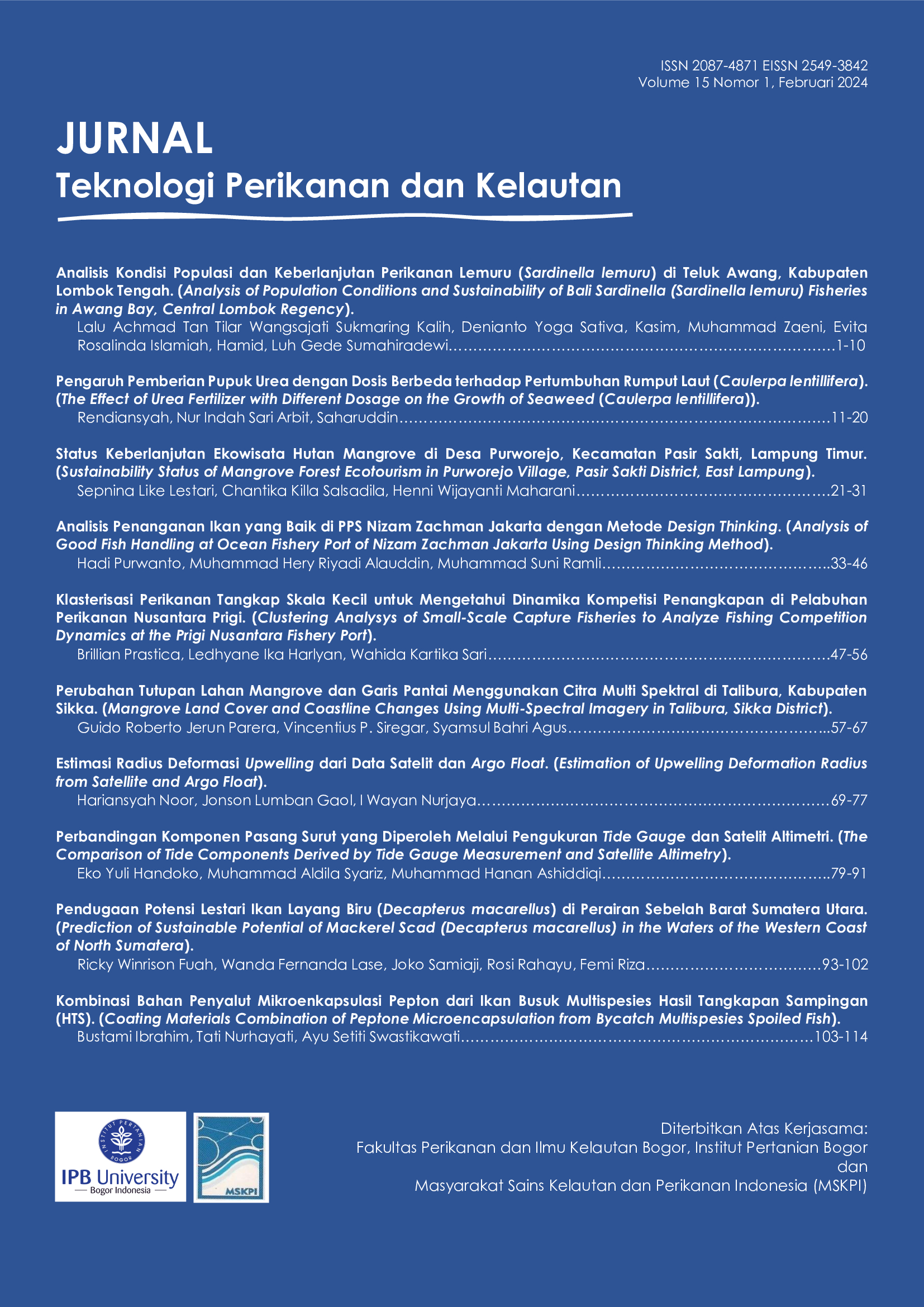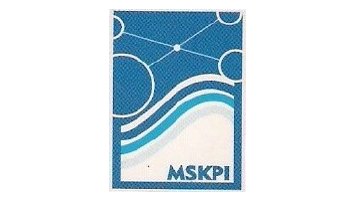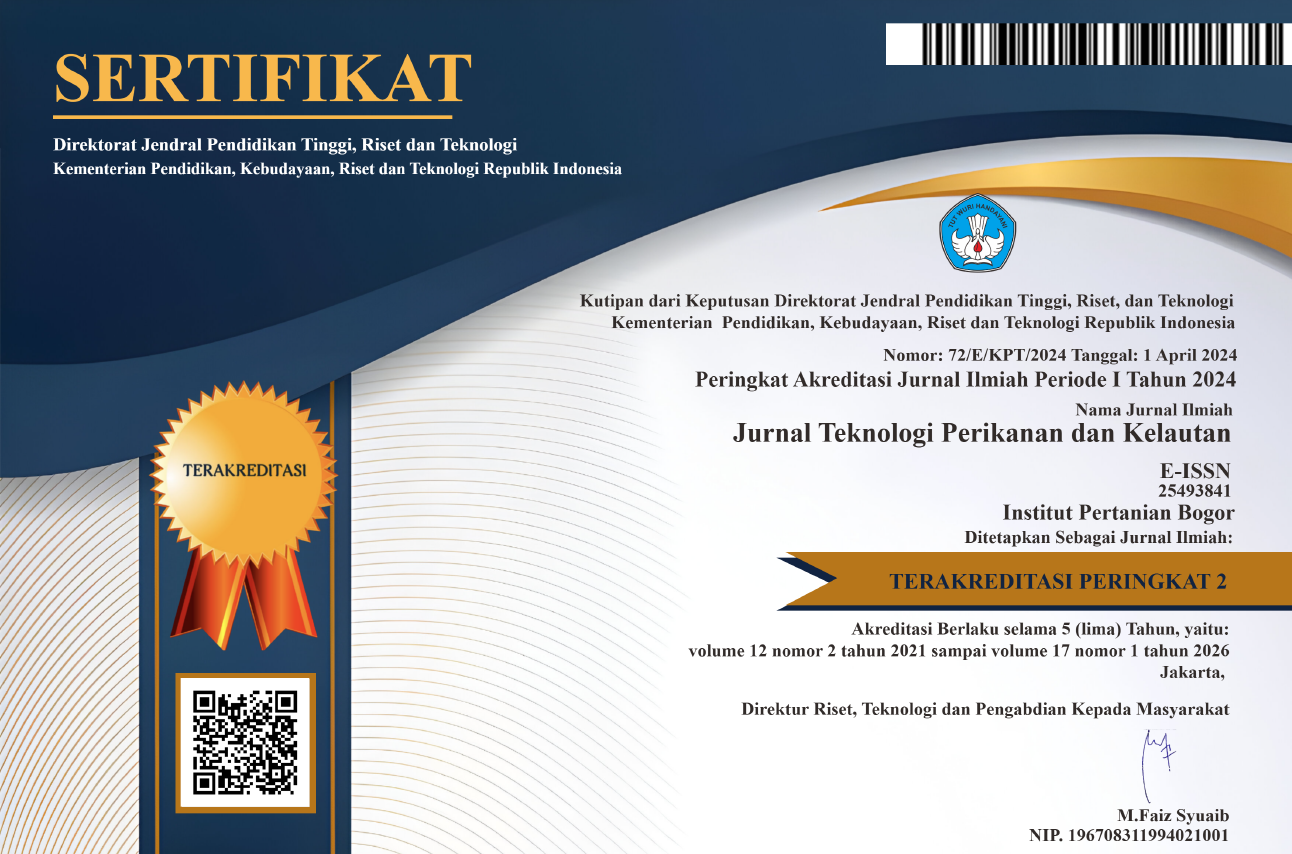KLASTERISASI PERIKANAN TANGKAP SKALA KECIL UNTUK MENGETAHUI DINAMIKA KOMPETISI PENANGKAPAN DI PELABUHAN PERIKANAN NUSANTARA PRIGI
Abstract
Small-scale capture fisheries are characterized by multigear and multispecies. The condition of multigear and multispecies fisheries can cause pressure on fisheries resource stocks due to the increase in the number of fishing gears. The increase in the number of fishing gear has caused competition among fishermen to catch the fish. Therefore, it is important to cluster the activities of small-scale capture fisheries to effectively manage and sustain these resources. The research aims to analyze the clustering of small-scale capture fisheries at the Prigi Nusantara Fishery Port and examine the dynamics of fishing competition by studying the distribution of fishing areas and the types of fish caught. The Hierarchical Cluster Analysis (HCA) method was used to cluster the data collected from 2010 to 2021 and spatial analysis was performed using fishing area coordinates obtained through participatory mapping. The research findings indicated that fishing gears tend to form clusters that vary annually, with the changes influenced by the diversity of catches obtained from each gear. Gill nets mostly belong to the same cluster as other fishing gear, although there were exceptions in 2015, 2017, and 2019. The analysis of Catch Per Unit Effort (CPUE) demonstrates stable productivity values for seine net and troll line fishing gear. Spatial analysis results in a fishing area map revealed closely located fishing spots where handline, troll line, and gill net fishing equipment were utilized, leading to a high diversity of caught species.
Copyright (c) 2024 Jurnal Teknologi Perikanan dan Kelautan

This work is licensed under a Creative Commons Attribution-NonCommercial 4.0 International License.





















